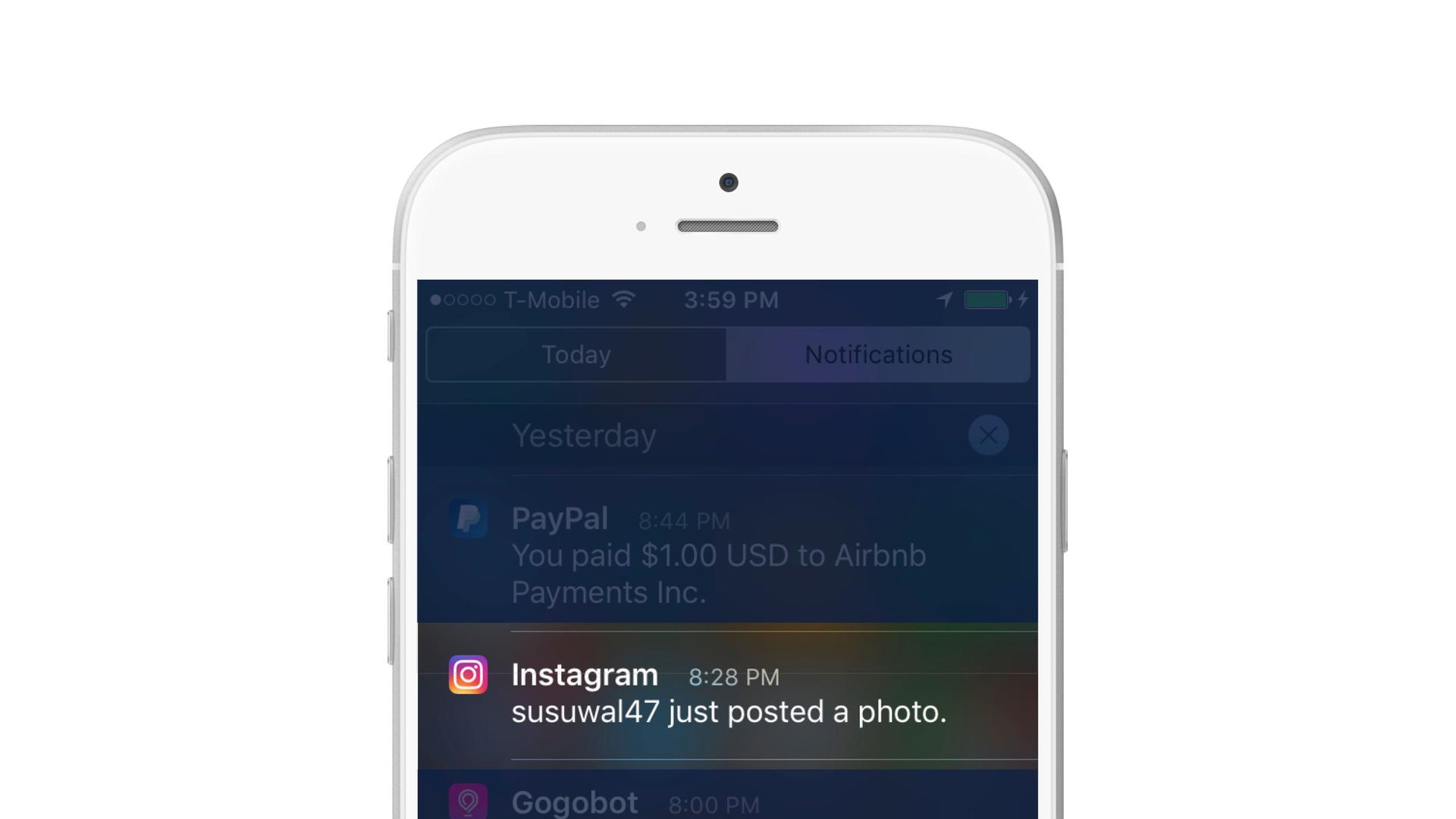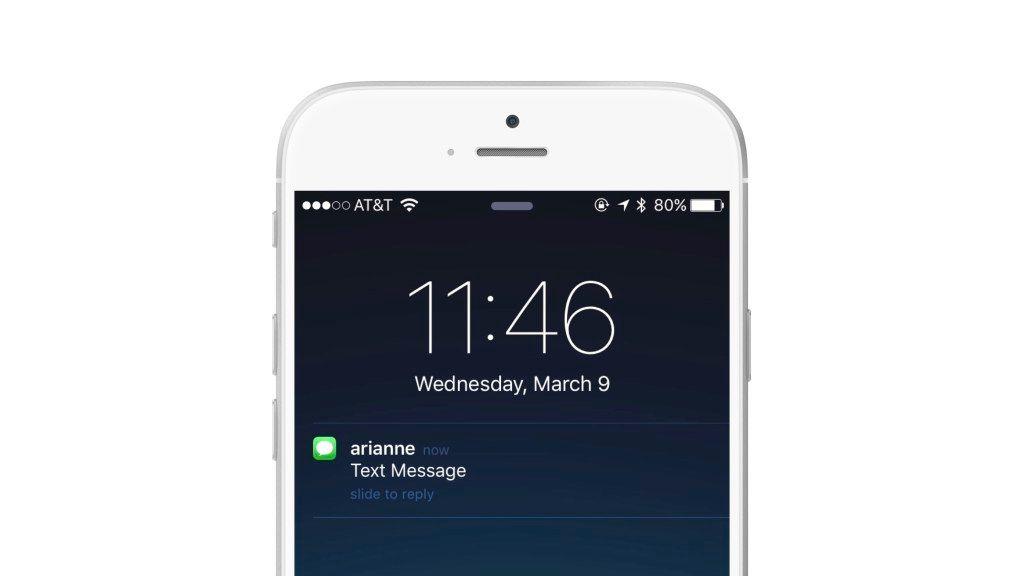Struggling with Stickiness? 5 Activity Messaging Campaigns to the Rescue
Published on August 02, 2016/Last edited on August 02, 2016/5 min read


Todd Grennan
Content Production Principal, Content Marketing at BrazeThe rise of mobile has been something of a mixed blessing for marketers.
The ubiquity of smartphones and tablets has made it possible to gather more nuanced customer information than ever before and allows companies to reach their users wherever and whenever across an array of different messaging channels, giving marketers more opportunities for engagement. But mobile’s dominance has also heightened the distractions in today’s already distracted world, making it harder to hold customers’ attention and to retain them over the long term.
The key to mobile success is customer retention. And the key to customer retention is consistent engagement—after all, users who engage consistently with an app over the first month after download have a 90% retention rate. If your brand has the right strategy and the right tools to produce that kind of engagement among your customers, mobile will be a major asset, making it easier to build the sort of durable, long-term customer/brand relationships that result in sustainable business success. But if you don’t, your brand is in a tough spot that’s only going to get tougher.
There are a number of ways to drive consistent customer engagement. One of the simplest and most effective approaches for brands with apps or websites that include social media elements is by leveraging your users’ in-app (or web) activity to encourage future engagement. This approach, known as activity messaging, uses customer messaging channels to keep customers updated on relevant user actions on your app or website, giving them an ongoing stream of outreach that nudges them to engage with your brand and increases the odds that they stick around.
To help marketers get started with activity messaging, we’ve highlighted five campaigns you can use drive more consistent engagement with your app or website. Take a look!
1. Content posting campaigns

When a user adds a post or link to your app, or uploads a song, video, or other media, that’s an opportunity. With activity messaging, you can use push notifications (for customers who aren’t currently active on the app or website) or in-app messages (for customers who are) to let that user’s friends or followers know about their post. This keeps users informed and—for customers who aren’t active—encourages them to come back to your digital presence.
2. Content response campaigns
Activity messaging can be used to update users when someone engages with a post or other content that they’ve shared. If someone adds a song to an app and another user listens to it, likes it, comments on it, or shares it with their own friends or followers, the poster can receive a message letting them know.
While recipients’ natural curiosity makes it likely that this kind of messaging will be effective at driving customers back to your app or site, if they have a lot of active friends, this could easily become overwhelming. Keep an eye on how these message impact negative KPIs like push notification opt outs and uninstalls and, if customers seem to be unhappy with the amount of outreach they’re receiving, consider using frequency capping to limit how many activity messages they get, or let them decide what types of messages they’re interested in via a messaging preference center.
3. Profile update campaigns
For apps or websites that require customers to maintain robust user profiles (think LinkedIn or Facebook), it can be a big deal when one of your connections updates their profile—maybe they’ve moved, or gotten a new job, or just swapped out their user photo for one where they’re not wearing neon green harem pants.
Activity messaging lets users know about these changes as they happen, making it possible to compliment friends on their new job or ask questions about their new house in real time. That provides real value and demonstrates the value that your app or website can provide to customers who use it frequently; however, because different users will care more and less about updates from certain friends, it may be wise to use a preference center to let them indicate which connections they want to receive these kinds of updates about.
4. Check-in/reviewing campaigns
If your brand has an app or website that encourages users to check in at locations they visit, or log and review food, drinks, or other items or services, activity messaging can encourage customers to check in or review more frequently by sending them notifications when their friends do. Consider a beer-rating app like Untappd: with activity messaging, users receive updates when their friends check in at a bar or restaurant near them, keeping them engaged with their friends and potentially introducing them to new venues and beers.
5. Message/payment received campaigns
When we looked at the best push notifications that Appboy employees had received, there was one response that stood out—a push from iMessage letting the recipient know that they’d received a message. This is a place where activity messaging shines: without this kind of activity message, the recipient would have had no way of knowing that someone had reached out to them within the app until they next time they opened it.

If your app or website has messaging capabilities, activity messaging will significantly improve the value that you provide to customers by keeping them up to date with their messages, while also driving up their engagement by prompting them to engage when someone messages them. The same principle applies if you allow users to send or request payments from their connections—after all, what’s more valuable than letting customers know that they have money waiting for them?
Final thoughts
Activity messaging doesn’t happen in a vacuum. While it’s a powerful way to leverage your audience’s in-app or web behavior to drive deeper engagement among their connections, the success of specific activity messaging campaigns will depend heavily on you customers—do you have a core of engaged users, and, if so, how do they currently engage with your app or site? Understanding your customer’s behavior patterns will make it easier to select activity messaging campaigns that fit your business and bolster engagement and retention over the long haul.
Related Tags
Releated Content
View the Blog
The new inbox reality: How iOS changes are reshaping email marketing

Aparna Prasad

Experience optimization: Turning data insights into better journeys

Team Braze

December 2025 Bonfire Marketer of the Month: Jagex’s Emma Oliver
